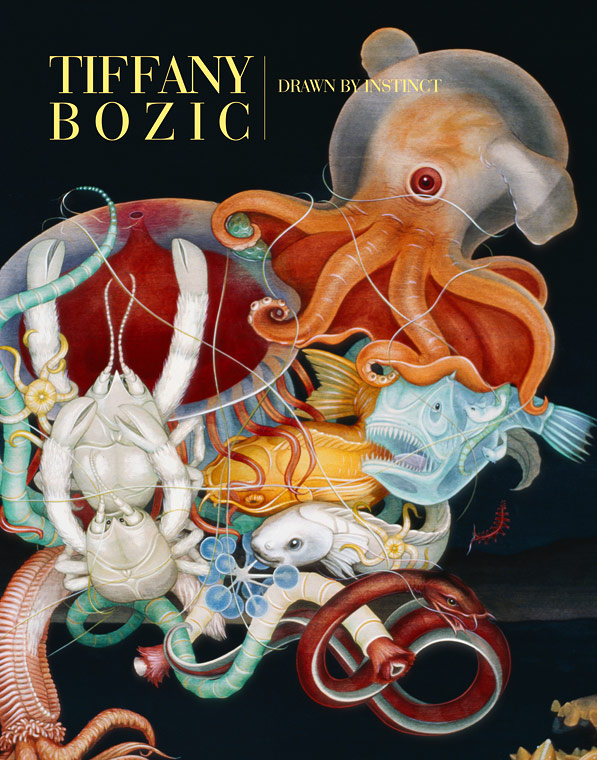b
Tiffany Bozic: Drawn by Instinct
A monograph on the beautiful, lush, brightly colored, rich, scientifically precise yet surreal paintings of Tiffany Bozic, inspired by nature and reminiscent of vintage natural history illustrations, available from Gingko Press. View more exuberantly lovely works by Tiffany Bozic on her Artsy page.
